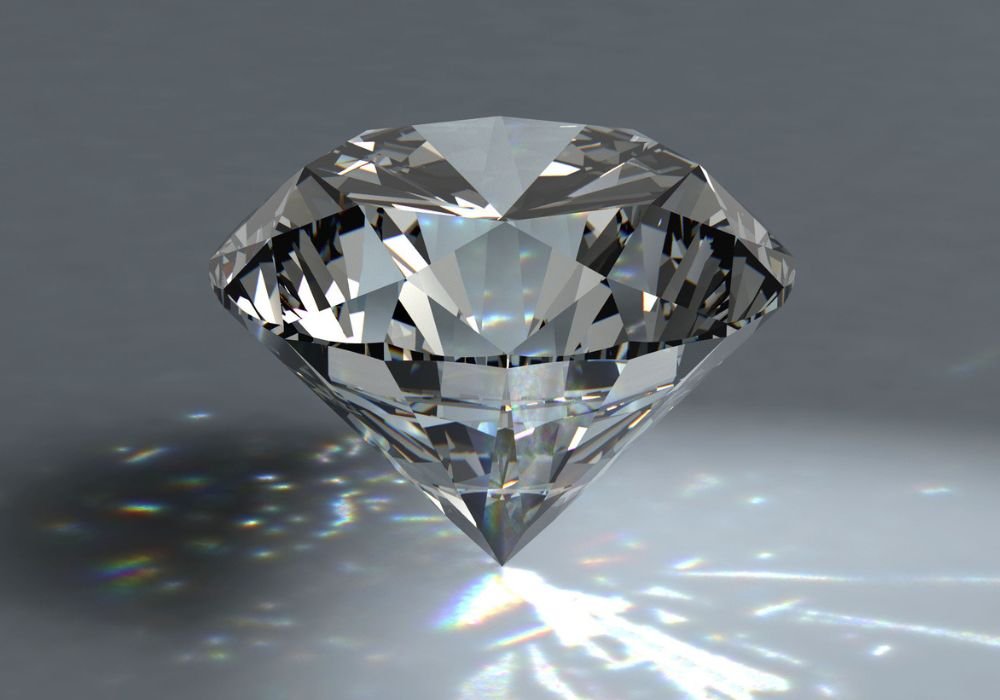Much of the knowledge of the beginning of Earth’s history is still a great mystery. As a result, it is very difficult to understand the events before the formation of human civilizations and the emergence of language. However, the answers to many questions may lie in the stones and minerals found on our planet. One of them, more specifically, is to change the perspective of the story: HE Diamond.
But these are not ordinary diamonds. These ancient minerals appeared in the ancient supercontinent Gondwana between 400 and 650 million years ago. It was found in very deep mines in Brazil and Guinea and may bring answers about the Earth during this period..
“Super-deep diamonds are extremely rare, and we now know that they can tell us a lot about the entire process of continent formation,” he said. Dr. from Wits School of Geosciences, one of the authors of the study published in the scientific journal Nature. Karen Smith.
“We need this type of research to understand how continents develop and move. Without continents, there would be no life. This research gives us an idea of how continents form, how life evolves, and what makes our planet Earth different from other planets,” concluded Smit. .
Movement of continents throughout history
It may not seem like it, but planet Earth didn’t always have the same ocean and continent formation that we know today. Plate tectonics is directly responsible for the formation and destruction of major landmasses, a movement that continues to this day.
The first confirmed formation of a continent after the cooling of the Earth occurred approximately 3 billion years ago. This piece of land consists of parts of the lands we know today as Australia, Africa and India.

After many other formations, destructions, ice ages and many other events that lasted billions of years, About 230 million years ago a large land mass joined the planet and Pangea.
In this supercontinent, Earth gained some of its present-day shape and saw the emergence of many of the species we still know today. The separation of Pangea formed the Atlantic Ocean, dividing the planet into two supercontinents: Laurasia (North America, Europe, and part of Asia) and Gondwana (South America, Africa, India, Australia, and Antarctica).
Then, about 120 million years before present, the separation of Gondwana culminated in Africa and the South American continent, as well as the advance of India into Asia.
Discovery Diamonds dating back to ancient supercontinents are thought to be crucial to understanding this period of history. Their presence in South America and Africa helps scientists trace the path to confirming the existence of Gondwana; Despite already established evidence, it is still considered a hypothesis by researchers.
Did you like the content? So, stay up to date with more discoveries about Earth’s evolution at TecMundo and take the opportunity to explore planets showered with rubies, sapphires and diamonds.
Source: Tec Mundo
I’m Blaine Morgan, an experienced journalist and writer with over 8 years of experience in the tech industry. My expertise lies in writing about technology news and trends, covering everything from cutting-edge gadgets to emerging software developments. I’ve written for several leading publications including Gadget Onus where I am an author.













